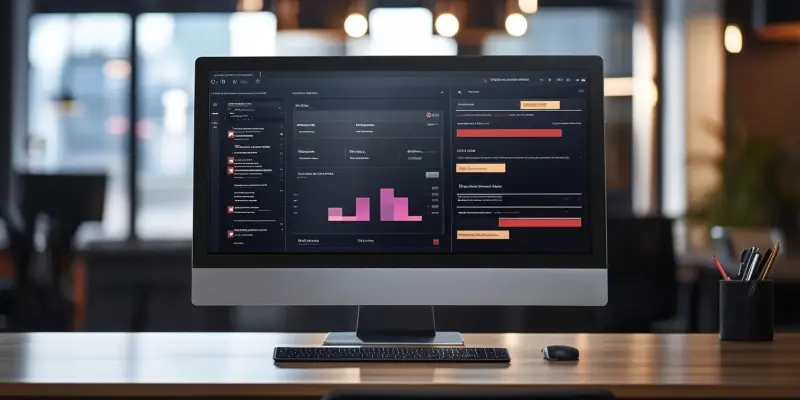When a $250M manufacturing company acquired a new business unit that operated on a different ERP system, it faced significant challenges in automating its accounts payable (AP) processes. Initially, the company had an AP automation solution successfully integrated with Microsoft Dynamics 365 Finance & Operations. However, the introduction of NetSuite into their system created a disjointed process, leading to inefficiencies and complexities due to the dual ERP systems and independent AP processes.
Challenge of Multi-ERP Systems
The company found itself grappling with considerable hurdles in its AP automation due to operating with dual ERP systems. The inconsistency between Microsoft Dynamics 365 Finance & Operations and NetSuite complicated the AP processes, leading to inefficiencies. Each system had its own set of AP workflows, which resulted in a lack of uniformity and further exacerbated the complexity of managing financial operations.
AP Automation Solution by Rillion
To address these challenges, the manufacturing company turned to Rillion, which provided a dual integration solution. Rillion’s approach linked both Microsoft Dynamics 365 Finance & Operations and NetSuite, creating a seamless connection. This allowed AP teams to continue working within the ERP environments they were familiar with, while also providing centralized oversight of financial data. This dual integration enabled the company to maintain operational cohesion despite the multiple systems.
Centralized Oversight with Decentralized Processes
Rillion’s solution ensured that while business units could retain their distinct workflows, management gained real-time visibility across both ERP systems. This balance of centralized oversight with decentralized processes meant that management was able to make better-informed decisions based on comprehensive data from across the organization. This real-time visibility was crucial for strategic planning and achieving operational efficiency.
Compliance and Cost Efficiency
In addition to streamlining processes, the Rillion platform enhanced compliance with new policies and significantly reduced ERP licensing costs. The transition to electronic invoicing (EDI) eliminated the need for manual data entry, thereby decreasing reliance on Optical Character Recognition (OCR). This shift not only reduced errors and increased processing speed but also bolstered compliance with industry standards.
Importance of Flexibility
A robust AP solution must adapt to changing needs and work seamlessly with multiple ERP systems. The solution should also allow businesses to retain their operational independence while providing centralized oversight. The flexibility demonstrated by Rillion’s integration model underscored the necessity for adaptable solutions that can handle the complexities introduced by acquisitions and operational expansions.
Centralized Data Access
Centralized data access is pivotal for driving improved decision-making and compliance. By providing a consolidated view, centralized visibility enhances strategic management of suppliers and financial activities. This comprehensive access to data ensures that management remains informed about financial operations, facilitating better governance and performance.
Scalability
As businesses grow, especially through acquisitions, it’s vital that solutions are scalable. Rillion’s solution proved scalable, demonstrating the ability to handle increased volumes and evolving compliance requirements. This scalability ensured that the company could continue its operations without disruption, even as it integrated new business units.
Main Findings
When a $250 million manufacturing company acquired a new business unit, the integration challenges came to light because this unit operated on a different ERP system. Previously, the company had streamlined its accounts payable (AP) processes with an AP automation solution effectively integrated into Microsoft Dynamics 365 Finance & Operations. However, integrating NetSuite for the newly acquired business unit disrupted their streamlined processes. This disruption resulted in inefficiencies and complexities arising from the need to manage and reconcile AP processes across two separate ERP systems. The once cohesive and efficient AP system now faced hurdles due to the distinct workflows and data management requirements of both Dynamics 365 and NetSuite. Therefore, the company needed to find a way to harmonize these dual systems to maintain productivity and optimize its accounts payable operations, ensuring seamless integration for financial accuracy and logistical efficiency.

